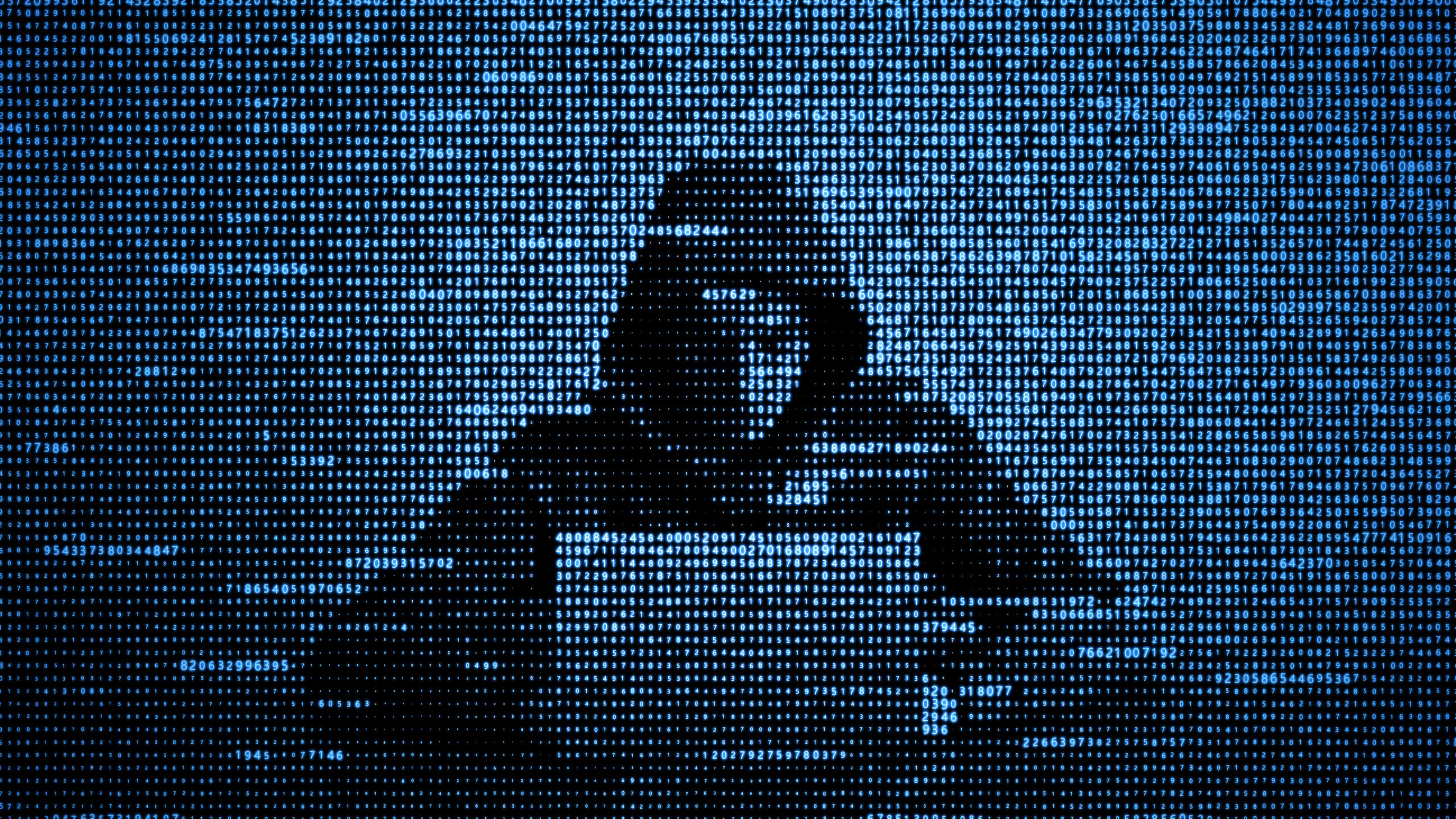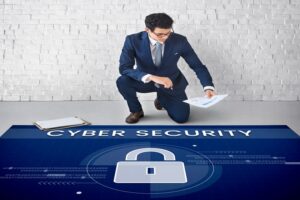Protecting your organization from a cyberattack … and getting breached
In today’s increasingly connected world, remote work is becoming the norm. Various factors, such as technological advancements and global events like the COVID-19 pandemic, have accelerated this shift. And dramatically increased the number of cyberattacks.
While remote work offers numerous benefits, it also poses significant cybersecurity risks. Now more than ever, it is crucial for individuals and organizations to understand and tackle these risks effectively.
The Importance of Individual Responsibility
 One report showed that a staggering 20% of organizations experienced a breach because of a remote worker, leading to increased costs and unexpected expenses for 24% of the affected organizations.
One report showed that a staggering 20% of organizations experienced a breach because of a remote worker, leading to increased costs and unexpected expenses for 24% of the affected organizations.
Moreover, the average data breach cost increased by over $1 million when remote work was involved, and it took organizations with a remote workforce 58 days longer to identify and contain the breach compared to office-based organizations.
These statistics highlight the gravity of the situation and the role each remote worker plays in safeguarding their data and the data and assets of the organization they work for.
Each individual has a responsibility to follow best practices and adhere to the cybersecurity policies set by their organization. A single weak link can lead to devastating consequences for the entire organization.
Understanding the Cost of a Remote Cyberattack
A security breach can have far-reaching consequences, including financial losses, reputation damage, and customer trust loss. As we have seen, the financial cost of a data breach can be significantly higher for organizations with remote workers.
In addition to the financial burden, the toll it takes on resources and time, as organizations need help identifying and containing breaches.
Cyberattacks: A Challenge for Small to Mid-Sized Organizations
Small to mid-sized organizations are particularly vulnerable. Often, they have a different level of security infrastructure than larger corporations.
Additionally, many organizations still need to enforce security policies effectively. For example, 70% of organizations allow access to corporate assets from personal laptops and mobile devices, and only 17% limit remote access to corporate laptops.
The lack of strong security measures makes smaller organizations a prime target for cybercriminals.
Phishing Attacks: A Persistent Threat and Cyberattack

Phishing attacks are one of the most common cybersecurity threats remote workers face. In 2022, over 10,000 new malicious files and 100,000 new malicious websites were discovered daily, and 20% of organizations did not use any methods to protect remote users browsing the internet. Employees, often unwittingly, can fall victim to phishing scams that can compromise sensitive data.
Implementing Effective Security Measures
Organizations must enforce robust security measures. This includes using VPN connections, multi-factor authentication, and device risk posture checks.
Moreover, organizations should educate employees on the importance of cybersecurity and train them to recognize and avoid potential threats.
Thirty-one percent of organizations don’t use methods to prevent business data from leaking, resulting in catastrophic damages, including fines, loss of competitive edge, and reputational damage.
It is crucial to use encryption, scan emails and files for sensitive data, and have protocols to detect and mitigate data leaks.
Ransomware is another significant threat. Last year, ransomware attacks increased by 93% year-over-year. Organizations must improve their anti-ransomware capabilities by having endpoint solutions that detect and stop ransomware attacks, quarantine infected endpoints, and recover encrypted files.
Conclusion
The shift towards remote work has brought myriad cybersecurity challenges. The statistics are alarming, with many organizations experiencing breaches due to remote work and facing increased costs.
Both individuals and organizations have a role to play in ensuring cybersecurity. For individuals, this means being vigilant, educating oneself about common threats like phishing, and adhering to the organization’s cybersecurity policies and best practices.
For organizations, especially small to mid-sized ones, it is crucial to recognize the risks and invest in robust security infrastructure. This includes enforcing security policies, implementing measures like VPN connections, multi-factor authentication, and data encryption, and providing employees with the necessary training and resources.
Each person’s responsibility in cybersecurity cannot be overstated. The actions of a single remote worker can have significant repercussions for the entire organization. By understanding the risks and taking appropriate steps, individuals and organizations can contribute to a safer and more secure digital environment when working remotely.






